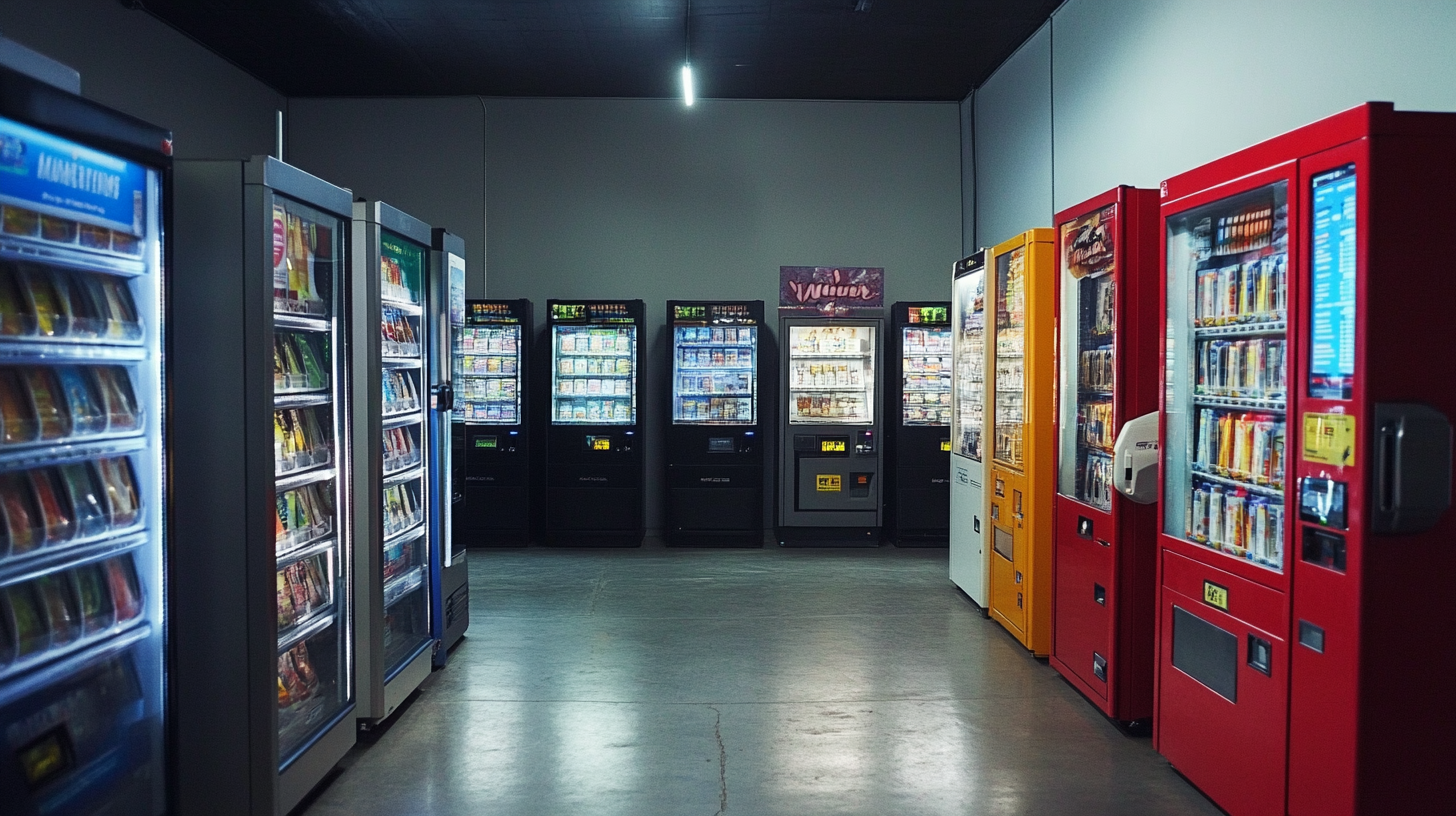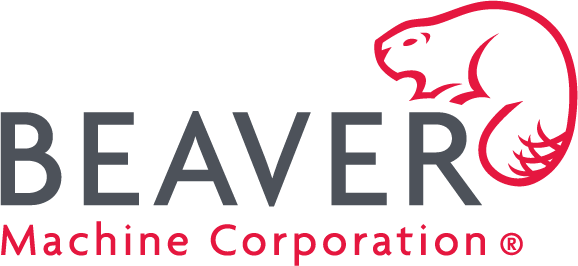Maximizing Your Investment: The Cost-Effectiveness of Vending Coin Machine Maintenance and Support Strategies
In the fast-paced world that we live in today, the vending machine industry has reached a new level simply because of convenience; right at the center of the industry is the Vending Coin Machine, which serves as the instant link between the products-one that can be anything ranging from snacks to beverages. To keep each and every vending machine in working, and quite effectively working order, is really important not just for customer satisfaction but also achieving the best return on investment. Unfortunately, most operators do not consider exercise maintenance and strategic support, which would generally tend to minimize some unplanned costs or parts of costs in operational downtimes.
The blog speaks about cost-efficiency options for maintenance and support of vending coin machines; therefore it is going to delve into what many businesses have been able to discover regarding regular upkeep versus the value of having a vending machine appreciate it-they could enjoy the most viable of operations at a very low expense. Here we will center on recommendations concerning maintenance, the advantages of investing in support services, and how all these would eventually result in higher profit generation within the very competitive vending field. So, come, let us decipher the secret to maximization of investment through vending coin machines.

Understanding the Financial Impact of Regular Vending Machine Maintenance
Keeping a vending machine running through regular maintenance is the financial backbone of this business, slated to see huge changes in the next decade. With the global smart vending machine market anticipated to expand from $11.47 billion in 2025 to $36.89 billion by 2032 at a staggering annual growth rate of 18.2%, making sure the machines are well-maintained forms the crux of an operator's maximization of return on investment. Maintenance not only bolsters operational efficiency but also increases the lifespan of vending machines, ultimately decreasing long-term replacement and repair expenses. In places like Japan, where vending machines are an iconic symbol that goes beyond convenience, representing the greater forces of the economy such as deflation, keeping machines in working order becomes even more critical. In fact, Abenomics has managed to push up the price for luxury goods while providing little in the form of relief for the consumer on the street, with the vending machines establishing a foothold in so many goods used by the consumer. To tide over the time when maintaining steady machines in-place allows keeping the consumer happy and maintaining profitability, operators must therefore invest in continued maintenance and support strategies. On top of this, with new technology rolling into the vending industry, like the amended use of 4G communication systems into vending operations, maintenance ought to be more professional than ever. These super-modern systems enhance connectivity and operational efficiency, but require regular software and hardware updates combined with required check-ups to keep them running with minimal downtime. By implementing a proactive maintenance regime, vending machine operators can protect their investments and keep pace with changing market requirements, thus benefiting from increased profitability.

Evaluating Cost-Effectiveness: Planned vs. Reactive Maintenance Strategies
Well, all in all, on vending coin machines, maintenance strategies are vital to the longevity and efficiency of vending machines. This leads us to another important discussion: cost-effectiveness between planned and reactive maintenance. Planned maintenance involves scheduling a check-up and service of the machine according to predictive analytics and usage patterns-it can dramatically reduce the odds of an unexpected failure. Investment in these proactive strategies for dealing with the machines makes more efficient operations on their parts
Invasive Maintenance-this reactive maintenance-involves addressing issues that arise. These are costs hidden usually and may spiral to a soaring level. It could appear less expensive initially but loss of revenue is not the only one that being suffered but also customer satisfaction through disruption caused by machine failures. Each breakdown corresponds to lost sales opportunities and ruins the reputation of one's brand. Moreover, when technicians are called in only after something goes wrong, repairs take longer, so labor cost as well as downtime increases.
To understand more one's perspective of costs related to maintenance strategies, planned maintenance has its clear advantages. This means that the regular maintenance costs would be better budgeted as anticipated and spread out over time instead of incurring a large hit following machine breakdowns. By proactively managing vending machines, operators can maximize their investments for a more secure path forward to profitability.

Key Performance Indicators for Vending Coin Machine Efficiency
As far as understanding and keeping track of the key performance indicators or KPIs on how efficiently vending coin machines operate, it is very much needed. These metrics assess financial performance and operational efficiency by machines. One such performance indicator is uptime, which indicates what share of time the machine is fully functional. Higher uptime implies greater revenue potential, thus calling for an aggressive maintenance program.
Another important KPI is the average transaction value. This figure tells how much money each sale represents and gives an operator an idea of whether or not the established price serves well the purpose of pairing products with particular sales goals. Regular audits make it possible to see what articles are poor performers and which ones are top sellers. Matching inventory management to sales data ensures that operators increase profitability while, at the same time, making sure that customers find those products they want and thereby increase transactions.
In addition, investigate the frequency of usage of vending machines by customers and time spent while using them, which could probably tell something about the trends. These insights are important in making machines sprout their offerings toward what customers really need. Observing user behaviors better will ensure proper placement of the machines, optimized assortments of products, and targeted marketing efforts, thus improving the overall efficiency and success of vending machines in the market.

The Role of Technology in Reducing Maintenance Costs
Technology is now the most important factor in decreasing operation-minimized costs in the maintenance of the vending machine. As defined by a study by the National Automatic Merchandising Association (NAMA), employing remote visibility technology can further reduce maintenance costs by as much as 30%. This allows the operator to provide real-time alerts when it comes to machines that malfunction or when they need to be stocked, hence timely response and lower downtime for machines.
One of the greatest transformations in vending management has led years ahead, predictive maintenance. With the help of data analytics, an operator can predict all possible problems before they become serious ones. Also, this same report from Frost & Sullivan indicates that predictive maintenance can reduce overall maintenance-adding costs by 25 percent to 35 percent. Such an activity would even lessen the financial burden while increasing customer satisfaction from the availability of consistently stocked machines that function optimally.
Another part of technology integration is using IoT (Internet of Things) devices to offer operators much more visibility into the machines they own and manage. Overall, this interconnectivity gives a much faster response when issues start to arise. The research report published by MarketsandMarkets indicates increased growth of the global vending machines in the future and identifies the dire need for better and more effective management strategies. Vending operators are well positioned to harness technology investments, which helps maximize returns on maintenance and support and leads to a more viable and sustainable business model.
Case Studies: Success Stories of Effective Support Strategies in the Vending Industry
The vending industry is currently undergoing rapid transformation. The global smart vending machine market is projected to grow from $11.47 billion in 2025 to $36.89 billion by 2032, at a phenomenal CAGR of 18.2%. This transformation is giving way to the realization that maintenance and support strategies are vital to getting maximum returns on investment for the vending operators.
The few case studies from established vending firms bring to light the importance of support in improving operational efficiency and customer satisfaction. For example, companies with continuous maintenance schemes and customer services produce not only machines with reliable performance, but they also create customer loyalty. By resolving problems quickly and assuring machines are stocked and working, operators, provide a hassle-free experience for the customer, thus improving their sales.
In addition, the shift from refund-only to full-service policies is forcing a change in vendor-consumer relationships. Nowadays, operators are faced with the challenge of bolstering service quality and innovating new offerings, making it crucial for them too to align their support strategies with customer expectations. This presents a golden opportunity for vending operators to seek long-term success, as several successful operators have shown; an aggressive approach to service and maintenance has proven beneficial for overcoming the impediments of intense market competition and ever-changing consumer preferences.
